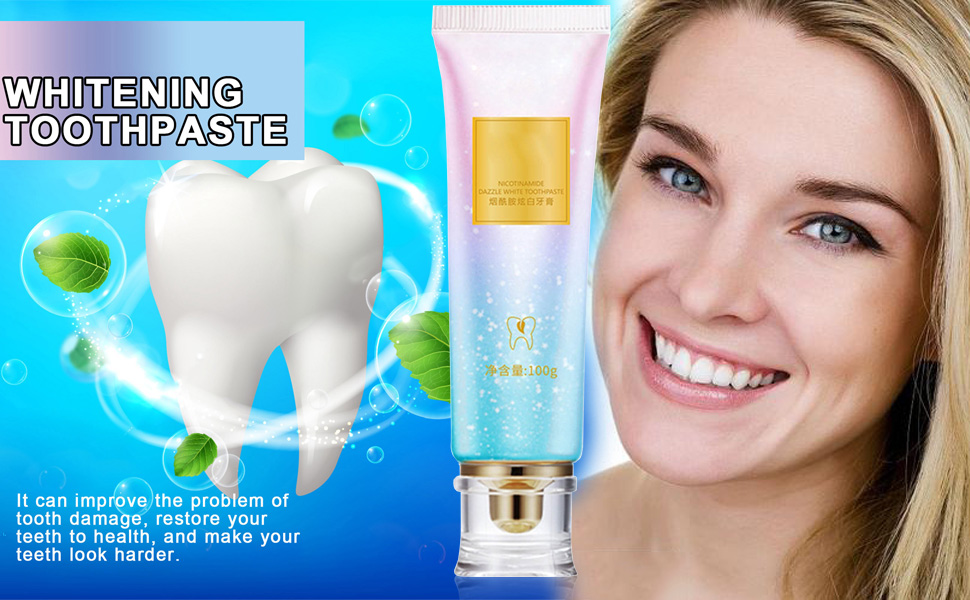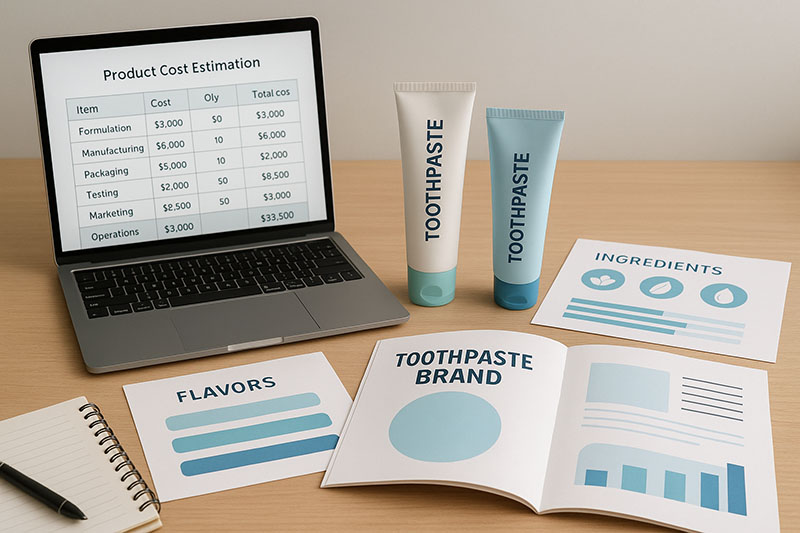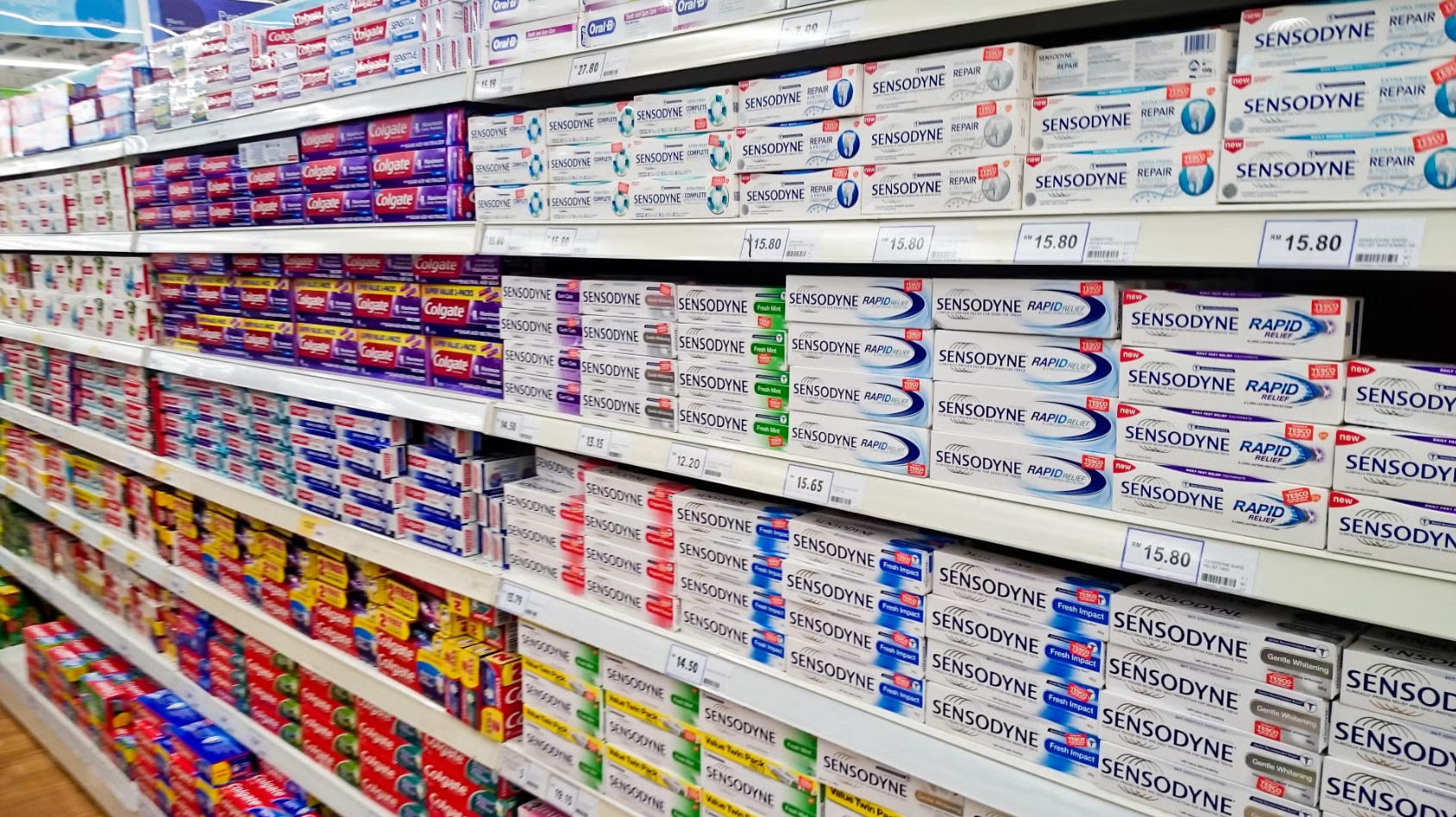Top 5 Teeth Whitening Powder Suppliers in Philippines
In the ever-evolving world of oral care, one ingredient has been gaining traction for its multi-faceted benefits: niacinamide. Long celebrated in skincare for its anti-inflammatory and barrier-strengthening properties, niacinamide (also known as vitamin B₃ or nicotinamide) is now finding its way into toothpastes marketed for whitening, sensitivity relief, and gum health. This comprehensive guide will explore the science behind niacinamide whitening toothpaste, weigh its pros and cons, compare it to traditional whitening agents, delve into user reviews, and provide actionable advice for incorporating it into your daily routine. Along the way, we’ll also touch on safety considerations, dentist perspectives, and SEO-optimized tips to help you find the best niacinamide toothpaste for your smile.
What Is Niacinamide and How Does It Work in Oral Care?
Niacinamide is a water-soluble form of vitamin B₃, essential for maintaining healthy skin and mucosal barriers. In oral care formulations, niacinamide is typically present at concentrations ranging from 0.5% to 5%. Its primary actions in toothpaste include:
Anti-Inflammatory Effects: Niacinamide can reduce gum inflammation and redness by modulating cytokine production and keratinocyte function, similar to its role in calming sensitized skin.
Barrier Support: Just as it reinforces the skin’s moisture barrier, niacinamide helps strengthen the mucosal lining of the gums, potentially reducing permeability to irritants and bacteria.
Whitening Assistance: While niacinamide itself is not a bleaching agent, it can support enamel health and reduce microscopic surface irregularities, resulting in a smoother enamel surface that appears brighter.
Sensitivity Reduction: By enhancing the integrity of the gum barrier and potentially supporting remineralization pathways, niacinamide may alleviate dentin hypersensitivity over time.
Benefits of Niacinamide Whitening Toothpaste
Gentle Whitening
Unlike hydrogen peroxide or carbamide peroxide, which can cause transient sensitivity, niacinamide-based toothpastes offer a gentler approach to gradually enhancing tooth brightness. Many users report noticeable lightening of surface stains over 4–6 weeks of daily use without the stinging sensation often associated with peroxide-based gels.
Improved Gum Health
Clinical studies indicate that niacinamide can reduce markers of gingival inflammation such as bleeding on probing and pocket depth, making niacinamide toothpaste especially beneficial for those with mild gingivitis or sensitive gums.
Reduced Sensitivity
By fortifying the mucosal barrier and supporting reparative pathways, niacinamide toothpaste may lessen sensitivity to hot, cold, or sweet stimuli. Users with dentin exposure have noted a gradual decrease in discomfort after 2–3 weeks of twice-daily brushing.
Holistic Oral Care
Many niacinamide toothpastes are formulated without harsh abrasives or sulfates, catering to consumers seeking a more natural oral care regimen. Brands like BodyAccel and Nature.ly emphasize clean, vegan-friendly formulations that support both whitening and overall oral wellness.
How Niacinamide Compares: Fluoride, Peroxide, and Beyond
| Feature | Niacinamide Toothpaste | Fluoride Toothpaste | Peroxide-Based Whitening |
|---|---|---|---|
| Primary Action | Barrier support, anti-inflammatory, mild whitening | Enamel remineralization, cavity prevention | Oxidative bleaching |
| Sensitivity Risk | Low | Low (if balanced pH) | Moderate to High |
| Gum Health | Improves inflammation and barrier function | Neutral/slight benefit via remineralization | May exacerbate irritation |
| Whitening Speed | Gradual (4–6 weeks) | None/scant | Rapid (1–2 weeks) |
| Abrasiveness | Low | Variable (depends on RDA) | N/A |
Common Ingredients in Niacinamide Whitening Toothpaste
Niacinamide (Vitamin B₃): 0.5%–5% for anti-inflammatory and barrier support.
Abrasive Agents: Silica or calcium carbonate at low RDA values (<70) to gently polish enamel without scratching.
Fluoride: Often included (1000–1450 ppm) for cavity prevention; check product labels if you prefer fluoride-free.
Humectants: Glycerin or xylitol to maintain moisture and sweeten naturally.
Thickeners: Natural gums (e.g., xanthan) for stable gel texture.
Flavorings: Essential oils like peppermint or spearmint; some brands may include natural tea extracts for added antioxidant benefits.
Preservatives: Sodium benzoate or potassium sorbate for shelf stability.
Side Effects and Safety Considerations
Allergic Reactions: Rare, but consult a dentist if you experience itching or swelling around the mouth after use.
Mucosal Irritation: Uncommon; discontinue use if you detect persistent irritation or ulcers.
Fluoride Overexposure: If using an added-fluoride niacinamide toothpaste in children under six, supervise brushing to avoid ingestion.
Interactions: No known adverse interactions with common oral medications; always inform your dental professional of new daily-use products.
Dentist Perspectives on Niacinamide Toothpaste
Dr. Emily Silver, DMD: “While niacinamide is not a substitute for professional whitening procedures, its anti-inflammatory properties make it a promising adjunct for patients with mild gingivitis seeking gentle stain removal.”
Dr. Miguel Alvarez, DDS: “I recommend niacinamide toothpaste to patients with sensitive gums or early enamel erosion; the barrier-strengthening effects can be quite beneficial over time.”
Reviews and User Experiences
BodyAccel Niacinamide Whitening Toothpaste
Amazon Rating: 4.3 ★ from 1,200+ reviews.
Pros: Noticeably smoother enamel, reduced gum bleeding, mild mint flavor.
Cons: Whitening effect slower than peroxide-based products; some report price point as high.
Reddit AskDentists Discussion
Users on Reddit praise niacinamide toothpaste for comfort but question its standalone whitening efficacy without abrasives or peroxides. Consensus: best used alongside other whitening methods or simply as a daily protective toothpaste.
Using Niacinamide Toothpaste: Tips for Best Results
Brush Twice Daily: Morning and night for at least two minutes.
Complement with Flossing: Remove interproximal plaque to maximize barrier repair.
Rinse with Water: After 30 seconds, spit but don’t rinse vigorously to allow niacinamide persistence.
Combine with Whitening Strips: For faster results, alternate niacinamide toothpaste with low-concentration peroxide strips no more than twice weekly.
Monitor Gum Health: Note changes in sensitivity or bleeding; adjust frequency if needed.
Niacinamide vs. Hydrogen Peroxide for Whitening
Speed: Peroxide-based products whiten within 1–2 weeks; niacinamide takes 4–6 weeks.
Comfort: Niacinamide is gentler, especially for those with gingival sensitivity.
Long-Term Health: Niacinamide supports gum barrier; peroxide may cause microabrasions and irritation if overused.
Try Lidercare Now!
We Help You Launch New Products, And Continue To Grow. Try Us With 20% Off Your First Order!
FAQs
Is it safe to use niacinamide toothpaste every day?
Yes, daily use is safe for most users. Concentrations under 5% have minimal risk of irritation.
Which chemicals should not be in toothpaste?
Avoid triclosan and high-abrasivity agents (RDA > 250). Consult ADA guidelines for compliant formulations: ADA Toothpaste Standards.
What does niacinamide do for teeth and gums?
It reduces inflammation, strengthens gum barrier integrity, and supports enamel surface health for a subtly brighter smile.
Can you use niacinamide around your mouth?
Yes, topical niacinamide is widely used in skincare creams applied around the mouth. In toothpaste, it’s formulated for safe intraoral use.
What are the side effects of niacinamide toothpaste?
Rarely, mild mouth irritation or allergic reaction. Discontinue if symptoms persist and consult a dentist.
Further Reading
Table of Contents
Awesome! Share to:
Latest Blog Posts
Check out the latest industry trends and take inspiration from our updated blogs, giving you a fresh insight to help boost your business.




